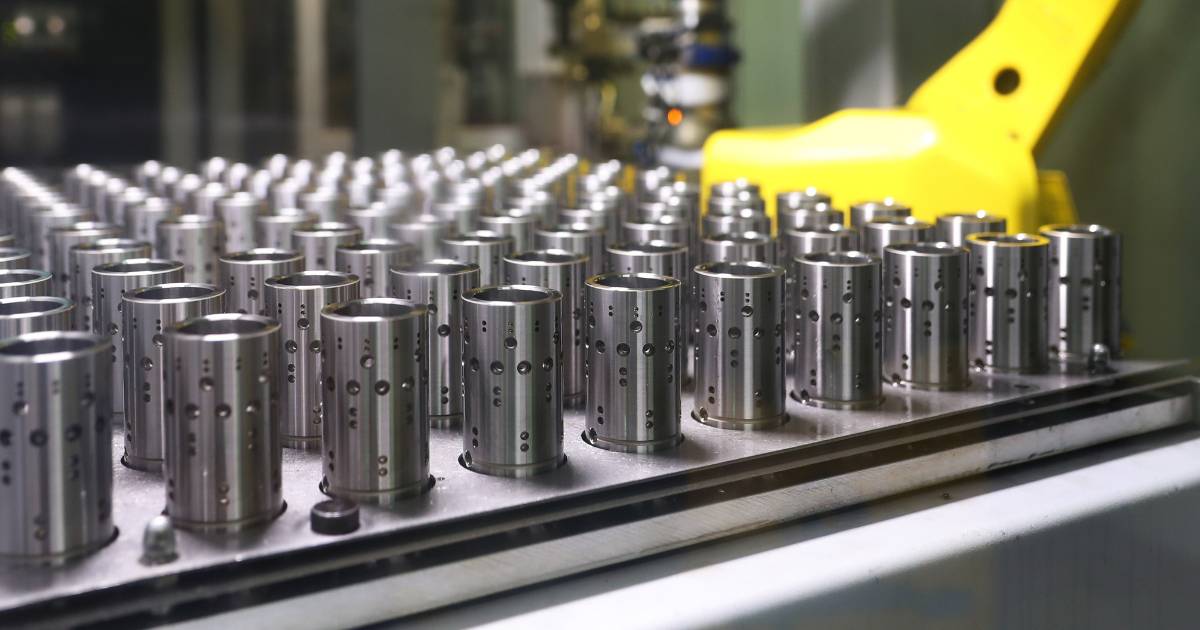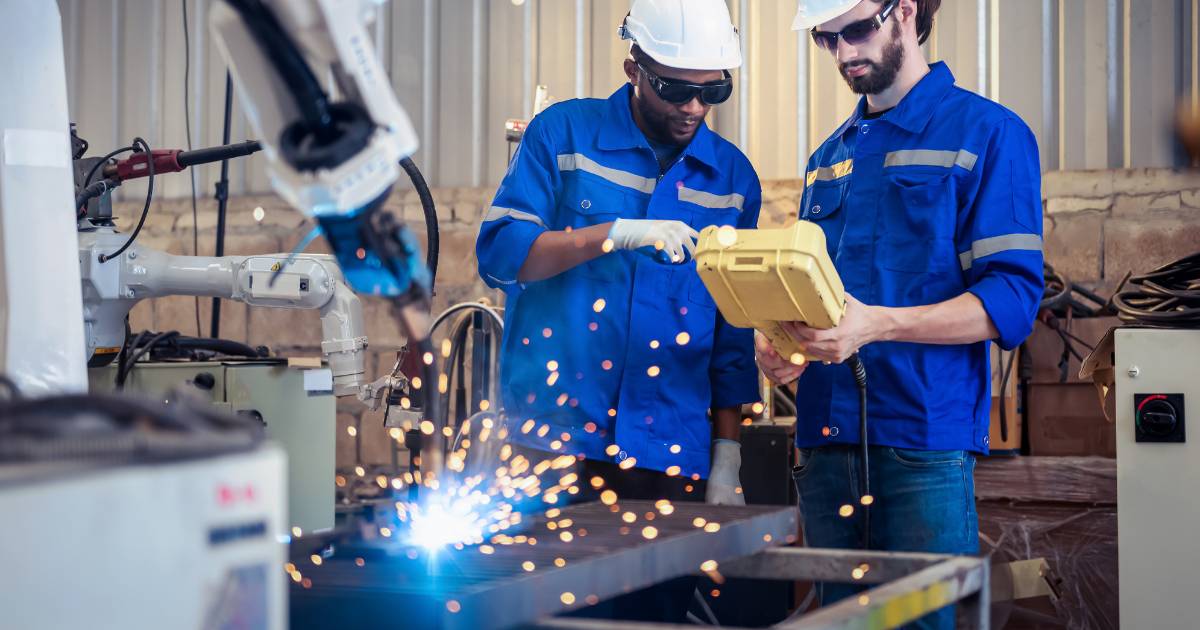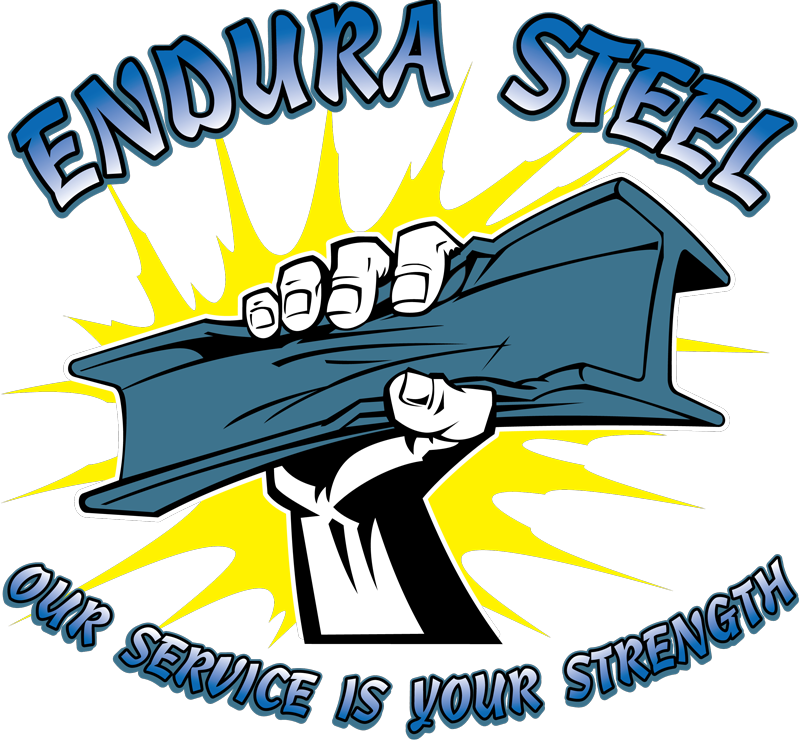Steel is vital in numerous industries, including construction, automotive, manufacturing, and aerospace. It is an alloy consisting mainly of iron and carbon. It has various other elements, such as chromium, nickel, and manganese. Adding these elements enhances steel’s properties, such as strength, hardness, corrosion resistance, and flexibility. Steel production can be traced back to ancient times when it was made by heating iron ore with charcoal to extract the iron.
Today’s modern manufacturing processes involve melting scrap metal, pig iron, and other materials in a furnace to produce liquid steel. This molten metal is cast into various shapes, such as bars or sheets, before being processed into finished products. Steel’s importance cannot be overstated due to its versatility and durability. It can take high pressure and any temperature without losing its structural integrity.
Moreover, it is a backbone for several critical infrastructures like bridges and buildings that must withstand natural disasters like earthquakes or hurricanes. Therefore we must understand how weight affects the performance characteristics of steel.
The Importance of Understanding Weight in Steel Performance
Understanding weight’s impact on performance is crucial in selecting the right type of steel for any given application. The weight of a structural element affects its strength-to-weight ratio, that is, how much load it can carry relative to its weight. A lighter structure would have more favorable strength-to-weight ratios than a heavy one.
For applications involving transportation, like cars or airplanes, where fuel efficiency is paramount, choosing lightweight steel makes sense because it would require less power to move them, saving energy overall. However, not all applications require lightweight steel; for instance, foundation pillars in skyscrapers need heavier steel since they are required to support massive loads from upper floors.
Therefore, understanding the relationship between weight and performance is essential in selecting the correct steel for any application. Understanding how weight affects steel performance is critical in choosing the right type of steel for different applications.
Choosing appropriate steel cannot be overstated since it can impact safety and financial considerations. Delve into how weight impacts performance characteristics, manufacturing processes that affect them, and the niche subtopics that are less commonly known but equally important to understand.
The Basics of Steel

Steel combines iron and carbon. The amount of carbon can vary from 0.2% to 2.1%. Carbon is added to iron to increase strength and hardness, making it more suitable for various applications. There are many different types of steel, each with unique properties ideal for other applications.
Carbon steel is known for its high strength and durability. Stainless steel contains chromium, which makes it resistant to rust and corrosion. Alloy steels contain other elements, such as nickel or manganese, improving their mechanical properties. Steel has numerous uses in various industries due to its superior strength, durability, and versatility.
The construction industry heavily relies on steel for building structures like bridges, buildings, pipelines, and railway tracks. It is also commonly used in manufacturing processes such as automotive manufacturing, shipbuilding, aerospace engineering, etc.
Definition and Composition of Steel
The term “steel” includes a wide range of alloys composed mainly of iron with some carbon content added during manufacturing. This makes steel stronger than raw iron while maintaining flexibility, depending on the intended use.
Steel’s composition varies depending on the intended application. Higher amounts of carbon or alloys can be added to increase hardness or flexibility. Steel’s carbon content significantly determines its physical properties: alloys with lower percentages typically have more excellent ductility or malleability than those with higher levels.
Different Types of Steel and Their Properties
Different types of steel have various compositions designed to meet specific mechanical requirements based on their intended use case. High-carbon steel tends to be more complex but less flexible than low-carbon variants, while stainless steel is often selected due to its exceptional corrosion resistance.
Alloy steels include elements besides carbon that can be added during processing to provide specific physical properties such as excellent impact resistance, increased strength, or heat resistance. Many specialty steels have been developed for specific industrial applications, such as tool steel, for manufacturing cutting and drilling tools.
Understanding the basics of steel, such as its composition and classifications, is crucial when selecting the appropriate material for a particular industrial application. The unique properties of different types of steel make them suitable for various uses, from construction to manufacturing to aerospace engineering.
Understanding Weight in Steel Performance
 Steel is a critical material used in various fields, including construction, automotive manufacturing, and aerospace. Understanding weight and its impact on the performance of steel is crucial in designing products that meet the required performance criteria.
Steel is a critical material used in various fields, including construction, automotive manufacturing, and aerospace. Understanding weight and its impact on the performance of steel is crucial in designing products that meet the required performance criteria.
Weight affects the strength and durability of steel; therefore, it is necessary to consider weight when determining the thickness of a steel product. The relationship between weight, consistency, and performance depends on several factors. The first factor is the type of steel being used.
Different types of steel have varying properties that determine their durability. For instance, high-strength alloy steels are often thinner but heavier than low-strength carbon steels because they can endure higher stress levels without deforming or cracking.
Another factor to consider when examining weight’s impact on performance is environmental conditions such as temperature and humidity levels.
How Weight Affects the Strength and Durability of Steel
Weight impacts the strength and durability of steel in several ways. When considering a load-bearing application like the structural design or building construction, heavier sections are required for larger loads because they can withstand higher stresses without breaking down or deforming under pressure. However, this does not mean lighter units are always inferior to heavier ones.
Some applications require lightweight materials with high durability but lower mass penalties. In these cases, designers use high-strength alloys with a low density, such as aluminum or titanium, instead of traditional heavy-duty steels.
The Relationship Between Weight, Thickness, and Performance
The relationship between weight and thickness substantially influences any piece of steel material’s overall performance characteristics. A thicker piece of metal has more mass than a thinner one; hence it offers better resistance to deformation under load because more material is present to absorb the stress caused by external forces.
However, there is a tradeoff between weight and thickness: the thicker the steel, the stronger it will be, but also, the heavier it becomes. Therefore, designers must balance weight and thickness when selecting materials for specific applications.
Examples of How Weight Affects the Performance of Different Types of Steel
Weight affects the performance of different types of steel in unique ways. For instance, high-strength alloy steels are often thinner but heavier than low-strength carbon steels because they can endure higher stress levels without deforming or cracking. In automotive manufacturing, lightweight structural components such as chassis frames, body panels, and suspension systems made from high-strength steel alloys help improve fuel efficiency by reducing the vehicle’s overall weight while maintaining its structural integrity.
Understanding how weight affects steel performance is crucial for designing products that meet performance criteria while balancing cost and durability requirements. It is essential to consider factors.
Factors Affecting Steel Performance

Temperature, Humidity, and Other Environmental Factors That Affect the Performance of Steel
The performance of steel is often affected by external environmental conditions. One of the most critical factors affecting steel’s performance is temperature.
Similarly, humidity can also play a role in compromising the integrity of steel structures. High humidity levels can increase corrosion rates and reduce the strength of certain types of steel. Other environmental factors can also impact the performance characteristics of different kinds of steel.
Wind loads can cause structural vibrations that may lead to fatigue failure if not adequately accounted for in the design. When constructing buildings or bridges on unstable or expansive soils, soil conditions must be carefully considered.
The Role That Manufacturing Processes Play in Determining the Performance Characteristics of Different Types of Steel
The manufacturing process plays a role in determining the properties and performance characteristics of different types of steel. The process involves heating, rolling, cooling, and shaping raw materials to create products with specific properties such as strength, toughness, flexibility, or hardness. One key factor affecting performance is grain size – a measure indicating how finely wrought steels crystals are mixed during manufacture: finer grains will create stronger steels with better resistance to cracking under stress loads than larger crystal sizes which may have brittleness issues under similar loads and pressures.
Other manufacturing processes include heat treatment – applying heat at specific temperatures to refine microstructures within metal bars; surface hardening – creating layers added onto metal surfaces which harden them against wear-and-tear; hot-dipping – coating metals with zinc before fabrication so they resist rusting better over time; shot peening – using small grains granulated from cast iron particles shot at high speeds against surfaces subsequently hardening them, and coatings – applying special coatings to surfaces to improve their corrosion resistance. It is essential to understand that steel performance is affected by many factors.
These factors include temperature, humidity, soil conditions, wind loads, and manufacturing. Understanding these factors can help engineers and manufacturers optimize the performance of different types of steel in various applications.
Applications for Lightweight Steel
 Lightweight steel is a type of steel that has all the strength and durability of traditional steel but with a much lower weight. This makes it an excellent choice for industries where importance is critical, such as aerospace, automotive, and construction. One of the main advantages of lightweight steel is that it allows these industries to create more fuel-efficient products, faster and easier to handle.
Lightweight steel is a type of steel that has all the strength and durability of traditional steel but with a much lower weight. This makes it an excellent choice for industries where importance is critical, such as aerospace, automotive, and construction. One of the main advantages of lightweight steel is that it allows these industries to create more fuel-efficient products, faster and easier to handle.
Advantages and Disadvantages of Using Lightweight Steel
The advantages of using lightweight steel are numerous. As mentioned earlier, lightweight steel offers significant weight savings over traditional steel while maintaining similar strength and durability. Additionally, since less material is needed to achieve the same results as traditional steel, lightweight steel can lead to cost savings in manufacturing processes. However, there are some drawbacks to using lightweight steel.
It can be more expensive than traditional steel due to the additional processing required to create lighter materials. Additionally, while lightweight steel can be used in many applications where weight is critical, heavy-duty applications may still require traditional heavier steels due to their higher strength capacity.
Examples from Various Industries
- Aerospace: Lightweight steels play a significant role in aerospace design since every pound saved on an aircraft translates into fuel savings over time. These kinds of steel are commonly used in aircraft fuselages and engine components because they offer high strength with much lower density than standard steel. Automotive: Many automotive manufacturers use high-strength, low-weight steels (HSLA) made from special alloys for their car frames and body panels, which have improved safety features and better gas mileage by reducing vehicle weight.
- Construction: In construction projects such as bridges or buildings with tall structures, engineers rely on structural-grade lightweight steels, which help lower building costs through improved material efficiency while providing strength and resistance to weather elements. Lightweight steel is an exciting material offering significant advantages in various industries.
The Impact of Impurities on Steel Strength and Durability
 Steel is made from iron and various elements, with impurities being one of the standard components. These impurities are unintentional but can significantly affect the strength and durability of steel. Some common contaminants include sulfur, phosphorus, oxygen, nitrogen, and carbon. The impurity concentration depends on the quality of raw materials used during production. Sulfur is one of the primary impurities that negatively impact steel’s strength by causing brittleness.
Steel is made from iron and various elements, with impurities being one of the standard components. These impurities are unintentional but can significantly affect the strength and durability of steel. Some common contaminants include sulfur, phosphorus, oxygen, nitrogen, and carbon. The impurity concentration depends on the quality of raw materials used during production. Sulfur is one of the primary impurities that negatively impact steel’s strength by causing brittleness.
The presence of sulfur compromises steel’s ability to be shaped or welded despite its high tensile strength. Similarly, phosphorus causes a brittle nature in steels and reduces the metal’s flexibility, making it more challenging to work with.
Oxygen as an impurity creates rust (corrosion) which can weaken steel over time; most people know that carbon causes rust but do not know that oxygen contributes to it. In contrast, nitrogen is a beneficial element that increases toughness and corrosion resistance in certain steel alloys.
Heat Treatment: An Effective Solution for Better Steel Performance
Various steel alloys use heat treatment extensively to enhance their performance characteristics. It involves heating the metal to specific temperatures and cooling it at typical rates using air or water-quenching techniques.
Quenching removes excess heat from heated metals by cooling them down rapidly, which hardens them; this strengthening process allows heat-treated steels like 4140 or 4340 to be used in heavy applications like automotive components, where they must withstand stress without breaking down over time. Another way heat treatment improves performance is through “tempering.” Tempering involves reheating hardened steels and then cooling them slowly, allowing them to regain some ductility by relaxing internal stresses while retaining their hardness and strength properties.
Understanding the Small Details of Steel Performance
Understanding the small details affecting steel performance can hugely benefit industries. The presence of impurities and their concentration levels can impact a particular type of steel’s strength and durability, while heat treatment can be an effective solution to improve these characteristics.
Other factors, such as manufacturing processes, temperature, and humidity, are worth noting. By studying and applying knowledge on these small details, we can ensure we use the most appropriate type of steel for specific needs to achieve optimal results.
Final Thoughts on Steel Performance
The science of steel is complex and multifaceted, with weight being one of the most critical factors affecting performance. This article explored the basics of steel, different types of steel, how weight affects steel performance, and niche subtopics rarely known.
We also discussed the environmental factors and manufacturing processes that can affect performance characteristics and examined the use of lightweight steel in various industries. Understanding the weight of steel performance is crucial for engineers and designers who work with this material.
They can create optimal designs that meet specific application performance requirements by considering thickness and strength. Understanding how weight affects steel performance is essential for anyone who works with this material.
It can balance strength, durability, and weight to optimize a design’s performance while controlling costs. It helps to take advantage of this remarkable material’s benefits to its fullest potential. Further research into niche subtopics will help push the boundaries further to develop better materials for tomorrow’s challenges.
Our Locations
Get a Quote Now

